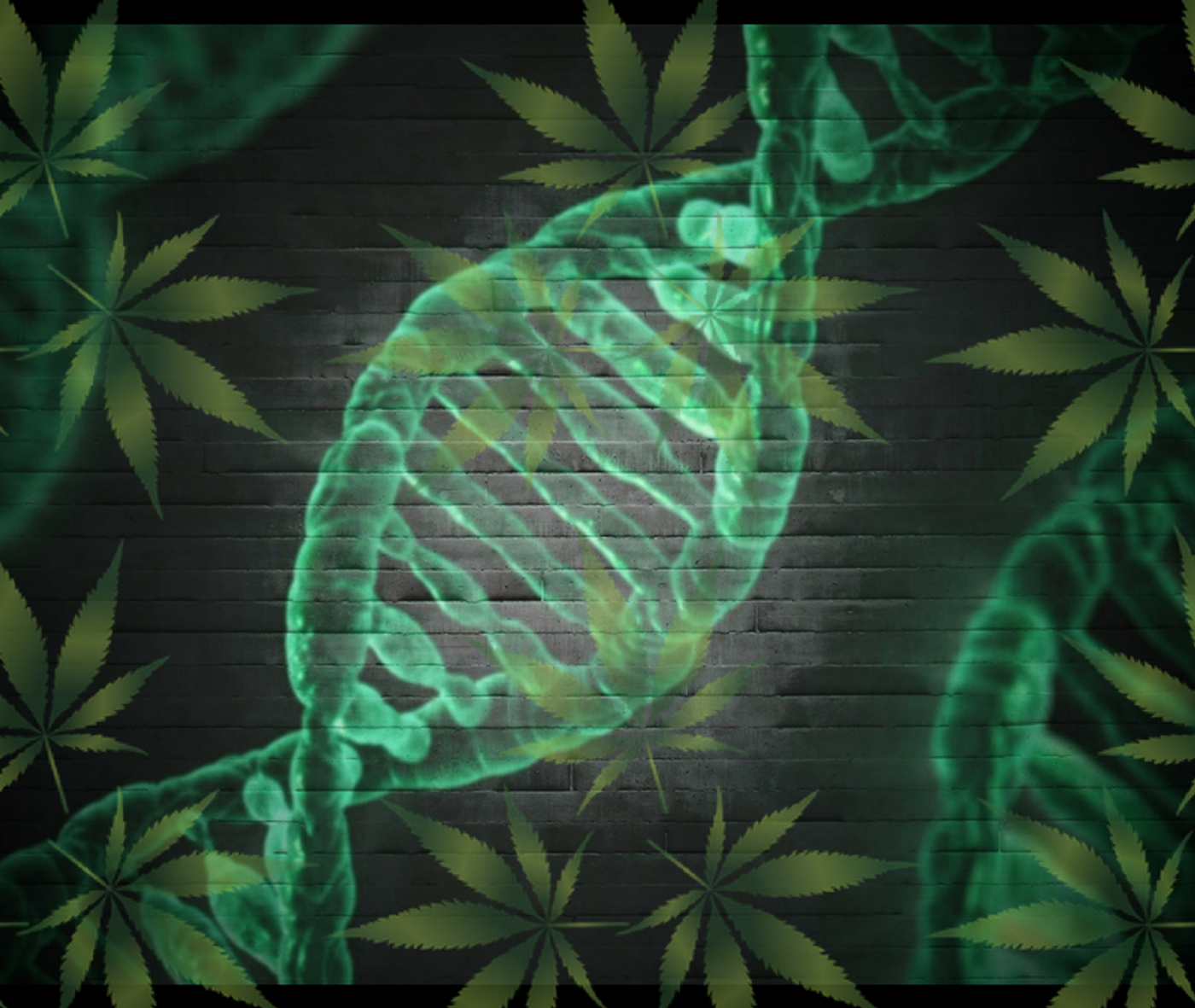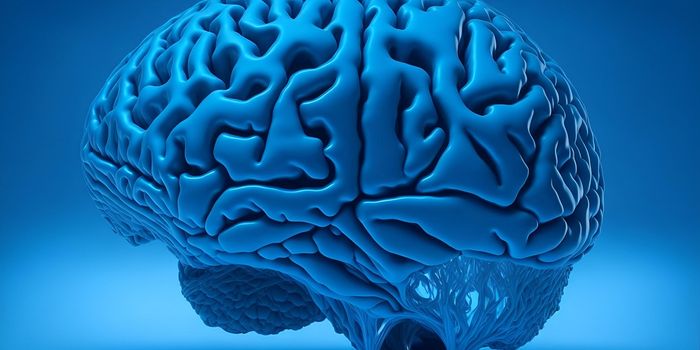Cannabis Genetics 101
Have you ever wondered about the genetics of Cannabis? Humans have 46 chromosomes in total; we have a diploid genome (2n = 46) or 22 pairs and two sex chromosomes. Females have two X chromosomes and males have an X and a Y chromosome. Yep….this isn’t new to most folks. However, did you know that the Cannabis plant also has a diploid genome but only has a total of 20 chromosomes. Each plant cell nucleus has 9 autosomes with a pair of sex chromosomes; an X and a Y just like humans in fact. Well, not just like humans but kind of.
Human sex chromosomes are vastly different in size; the X chromosome is 155.3 Mb and has approximately 833 genes where the human Y chromosome is 59.4 Mb and contains approximately 72 known genes. The human haploid genome size equals approximately 3,300 Mb. Comparatively, the total cannabis genome haploid size is 818 Mb for female species and 843 Mb for males. The size difference is accounted for by the larger Y chromosome in male plants.
Gene expression patterns are variable in plants, similar to humans. In humans, different tissues have different roles so genetic expression is regulated in unique and complex ways. In plants, most of the cells are similar in form and function; metabolic pathways and expression are far less diverse, but still manage to produce different phenotypes. For example, the flower cells of the cannabis plant show expression patterns for cannabinoids and terpenoids in all phases of flower development compared to the rest of the plant components. The highest density of trichomes, which produce cannabinoids, are found within the female plant flowers.
One group of researchers found expression differences between marijuana and hemp and determined that these were due to small genetic variations that directly or indirectly change gene expression and which enzymes and cannabinoids are synthesized more. In one cannabis strain, a key enzyme called
It is interesting to think, just for a moment, about the similarities and differences between plants and humans which starts at the level of our DNA; in how cellular machinery and genetic components work together to express a particular phenotype and have the power to change the end product in such a way. It is still remarkable when you stop and really consider it.
Sources: Genome Biology, PLOS One, ResearchGate,









